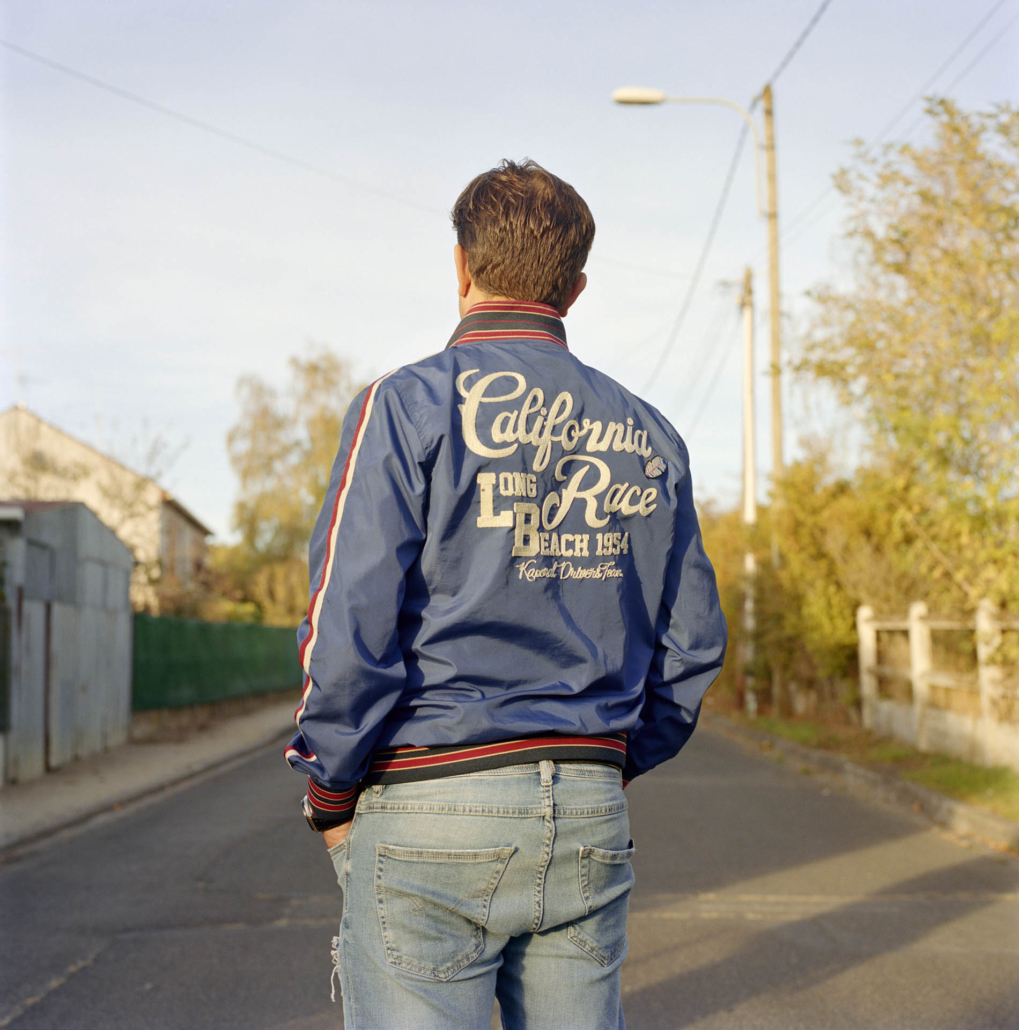LOGISTICS WORKERS
This post is also available in:
 French
French
Logistics consists of organizing the storage and transportation of raw materials and components for industry and goods from their manufacturing sites to their places of consumption. The image of ”just-in-time” and the promises of its digitalization are presenting this activity as a continuous and self-regulating flow of goods. However, the warehouses constitute compulsory crossing points to be able to control, store, unbundle, prepare and redirect the goods to their final destination. These activities are carried out by sorting agents, forklift truck operators, dispatch agents, reception agents, handlers, storekeepers or pickers. These trades represent 13% of workers jobs in France and 17% in Germany. They are mainly located in logistics areas, on the outskirts of large cities.
Often criticized for their environmental pollution, logistics areas were created by concrete actors. From the 1970’s to the 1990’s, the majority of logistics operations took place in already existing industrial zones. The land, acquired and rehabilitated by public development companies, was available for any type of business establishment. The role of municipal authorities was limited to signing building permits. During the 1990’s emerged a real estate market dominated by big international companies (Prologis, Global Logistic Properties, Goodman, Segro). These companies developed and managed logistics areas of several warehouses, completely private and closed, for which they were solely responsible: from the construction of buildings to the development through daily management.
It is precisely on these new places of work of labourers and on the social worlds unfolding from them that the investigation presented in this exhibition is focused.
The logistics sector is the largest employer of temporary workers in Germany – 21.7% – and the second in France – 12.2%. In the warehouses studied for this investigation, the proportion of temporary workers is over 30%. However, the situation of temporary workers differs in the two countries. In France, some workers, most often young, able-bodied, single and discriminated on the basis of sexist and racist criteria, prefer temporary work for the additional income of ”precarious bonuses” and the imagination of the mobility it transmits. The multiplication of overtime and succeeding tasks can thus allow them developing consumption practices unattainable for the most precarious fringes of the working class (purchasing cars and branded clothing, rental investments, regular eating out in restaurants, travellong abroad). However, this strategy remains difficult to maintain over time because it requires a lot of physical endurance and accelerates wear and tear on the body.
In Germany, refusing a permanent contract does not seem possible for temporary workers, as the income differences are significant (5 euros pre-tax per hour) with their permanently hired colleagues. Access to stable employment by signing a long-term contract very often means ending with a lot of disadventures: obtaining a residence permit for foreign workers, no longer depending on a violent husband or parent, obtaining childcare, access to decent housing, reducing daily journey time by purchasing a car.
The photographic work presented in this exhibition was produced with the collaboration of researchers Clément Barbier, David Gaborieau, Gwendal Simon and Nicolas Raimbault. This work is based on an investigation reuniting photographers and sociologists for three years, as part of a contractual order between the urban planning laboratory of Paris-Est Marne-la-Vallée University and photographers.
The investigation started with creating a photographic observatory and a first campaign of interviews with urban production actors of logistics activity areas in four sites in France and Germany. This approach was inspired by photographic observatories set up by the Ministry of the Environment in several French municipalities at the end of the 1990’s. The selected shooting protocols were thus used to offer a sensitive look on these areas:
– Cécile Cuny worked on the interface between warehouses and public space by reconstructing facade shelves.
– Nathalie Mohadjer went in search of the fragility of people and things, deconstructing the imagery of ”non-place” often associated with logistics areas.
– Hortense Soichet crossed the zones on foot by systematically taking a shot in the direction of the four cardinal points, then installed her camera in two places of sociability. Building on this first work, a second campaign of interviews was conducted with the workers she met in warehouses. This approach was completed by an immersion of Hortense Soichet in a book warehouse, where she became interested in space planning and the way they talk about life in the workplace.
The third stage of this investigation was based on the scripting of the meeting between workers, workers, photographers and sociologists. It consisted of getting out of the warehouses to follow around twenty people as part of a photographic journey, during which they staged their story helped by photographers and sociologists.
From 21/02/2020 to 19/04/2020
MAISON DE LA PHOTOGRAPHIE ROBERT DOISNEAU
1, rue de la Division du Général Leclerc
94250 GENTILLY
France
Opening hours : Wednesday to Friday from 1:30pm to 6:30pm, Saturday and Sunday from 1:30pm to 7pm.
Phone : 01 55 01 04 86
robert.pareja@grandorlyseinebievre.fr
www.maisondoisneau.grandorlyseinebievre.fr



